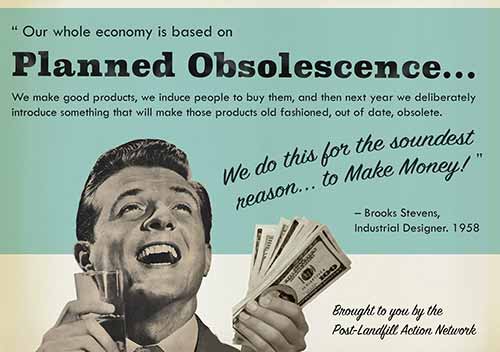
A recent comment made what I think is a very important point:
Mainstream popular music depends on a principle of planned obsolescence: a song is big hit for a short time and is then quickly replaced by the next big hit. Within this environment, it’s easy to lose sight of the power of tradition. There’s no musical experience quite as powerful (for an adult, that is) as singing a hymn that you’ve heard and sung since childhood. All those moments of singing the same hymn begin to pile up and create layers of meaning and emotion. I pity the congregation that abandons that kind of experience in pursuit of newness.
One of the strengths of liturgy, I think, is the encountering of the same words and symbols in different stages and contexts. Each year we celebrate the Incarnation at a (hopefully) deeper level. Each year we celebrate the Resurrection at a (hopefully) deeper level. Each year we grow because of these celebrations.
Each week, we are nourished in communion.
Again and again, we encounter the same words of Jesus, the same words of the Bible.
This means that the signs and symbols must be of a depth that they can sustain this regular repetition – bread, wine, water, flame, oil, ash,… And the words and tunes also need this level of depth… as do the gestures, actions, vesture, buildings,…
We live in a world of planned obsolescence, of ever-changing pixels, and throw-away sheets, and ever-growing landfill of plastic,…
I regularly get emails of the sort: “Our community used ashes on Ash Wednesday last year, have you got a different good idea for this year…”
Liturgy is counter-cultural…
Discuss.
If you appreciated this post, do remember to like the liturgy facebook page, use the RSS feed, and sign up for a not-very-often email, …



Two hymns i love: The deep deep love of Jesus + I heard the voice of Jesus say…
Plus many of the Mormon Hymns i was brought up with: i.e. Come come ye Saints + The Spirit of God like a fire is burning. In my reckoning these hymns will stand in my memory for all time. They will never be obsolete.
I wonder now, Rob, if there’s a way to get a list of hymns going with a voting system so that we could work out, say, the top 50. Blessings.
An alternative for ashes:
Perhaps some sort of “ashes” ap? It could work via blue tooth, so that as soon as the person entered the church their phone screen turned from color to greyscale and remained greyscale for the period of Lent (apart from on Sundays when it would be vibrant colours).
Through old hymns, I get a great sense of connection with believers of previous centuries. I sing a hymn by St Bernard of Clairveaux, for instance, and think, “Wow – he believed and worshiped Jesus Christ just as I do. We may be nearly a millennium apart in time but we are brothers at the foot of the Cross.”
Much modern hymnody leads just to a deep sense of connectedness with Hillsong – too bad about the Church Universal!
Trevor Morrison
I wonder, Trevor, whether you have so well articulated the sense I have when I’m praying the Sunday collect knowing not only that at least half of Christianity is praying this – but we have been praying this since nearly the early church. And the same with the Bible reading I read each day… Blessings.
Yes, all the way. I feel sad at the wider communion so many of our brothers and sisters miss out on because of their narrow focus on the contemporary.
Bosco, I agree that the words of Jesus are eternal, and the liturgical cycle should prompt us to encounter the gospel afresh. As someone who spends a lot of time with liturgy and music, I think we need to be careful about restricting our understanding of liturgical music to hymns. I really admire places where a fresh synthesis has developed, such as St Gregory of Nyssa in San Francisco.
While I would agree that a lot of modern worship music can be very ephemeral, it is probably worth contemplating that most of Bach’s church music was lost to the world for nearly a century after his death in 1750. In the 1780s there was a society in London dedicated to performing music that was not less than thirty years old — at that time it excluded most of the music of Handel, the local celebrity who had died less than twenty years before.
I think we always approach music through what is current, what is present, and what is most useful at the time. It would be interesting to find out what Charles Wesley would make of his hymns being sung across the ecumenical spectrum more than two centuries after his death.
Whether Darlene Zsech’s worship songs will have that sort of staying power is beyond our knowing. What we can say is that tradition is a very malleable thing: plainsong went from a very niche activity to a more mainstream expression then back to being very esoteric indeed in around a century in Anglican and Catholic liturgy. Does this mean the chant is eternal, or just another ephemeral way of doing liturgical song that has had its day?
Thanks, Kieran. I don’t think anyone here is limiting liturgical music to hymns – quite the opposite. And more explicitly on other posts. I once went specially to San Francisco to participate in worship at St Gregory of Nyssa’s – a community and approach I much admire. Blessings.
It takes only a visit to the dentist’s office to know that any scheme for planned obsolescence was a failure for all too many terrible songs! 🙂